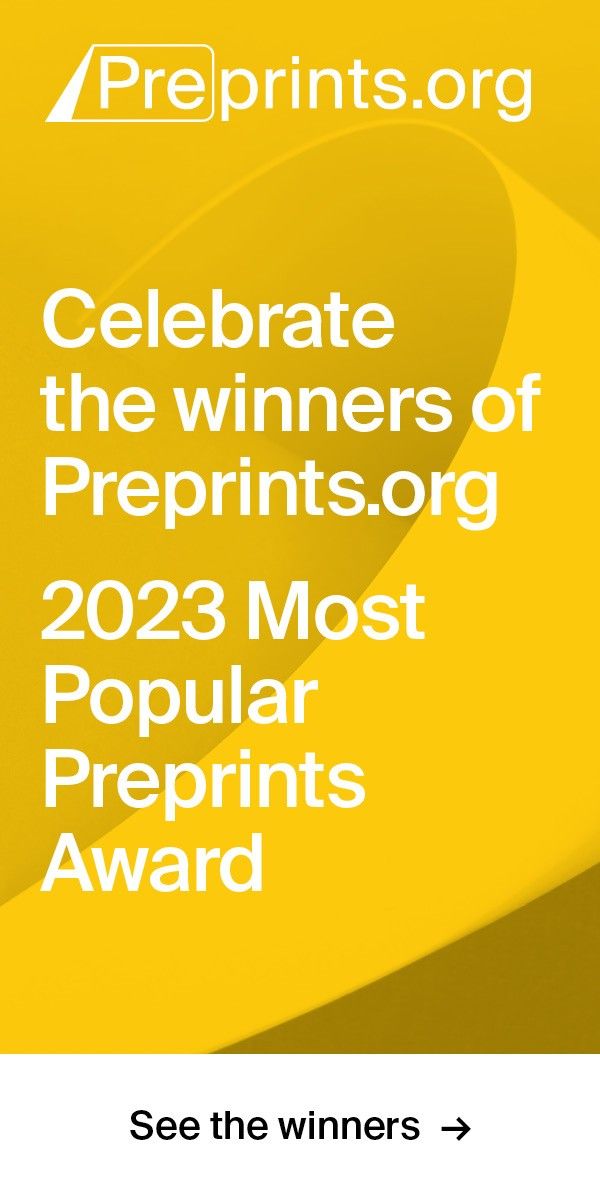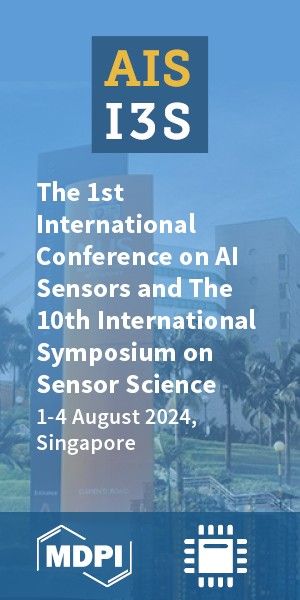Article
Version 1
Preserved in Portico This version is not peer-reviewed
Spatialities of Dog Theft: A Critical Perspective
Version 1
: Received: 26 March 2019 / Approved: 28 March 2019 / Online: 28 March 2019 (06:40:57 CET)
A peer-reviewed article of this Preprint also exists.
Allen, D.; Peacock, A.; Arathoon, J. Spatialities of Dog Theft: A Critical Perspective. Animals 2019, 9, 209. Allen, D.; Peacock, A.; Arathoon, J. Spatialities of Dog Theft: A Critical Perspective. Animals 2019, 9, 209.
Abstract
Dogs are considered property under UK law, while current discourses of pet ownership place canine companions as part of an extended family. This means sentences for those who steal dogs are not reflective of a dogs’ sentience and agency, rather reflecting the same charges for those who steal a laptop or wallet. This is particularly problematic as dog theft is currently on the rise in England and Wales and led to public calls to change the law. Recognizing that a more robust analysis of dog theft crime statistics is required, we gathered dog theft data for 2015, 2016 and 2017 from 37 of 44 police forces through FOI requests. This paper uses this data to examine how dog theft crime statistics are constructed; assesses the strengths and weaknesses of this data; and categorizes, maps and measures dog theft changes temporally per police force in England and Wales. Our findings reveal there has been an increase in dog theft crimes, 1,294 in 2015, 1,525 in 2016 (+17.85%), and 1,678 in 2017 (+10.03%); and a decrease in court charges related to dog theft crimes, 62 (4.7%) in 2015, 48 (3.14%) in 2016, 37 (2.2%) in 2017. There were police force inconsistencies in recording dog theft crime which meant some data was unusable or could not be accessed or analysed. There is a need for a qualitative study to understand dog theft crime in different areas, and standardised approach to recording the theft of a dog by all forces across England and Wales.
Keywords
dog theft; pet theft; dogs; pets, crime; animal geography; GIS
Subject
Social Sciences, Geography, Planning and Development
Copyright: This is an open access article distributed under the Creative Commons Attribution License which permits unrestricted use, distribution, and reproduction in any medium, provided the original work is properly cited.
Comments (0)
We encourage comments and feedback from a broad range of readers. See criteria for comments and our Diversity statement.
Leave a public commentSend a private comment to the author(s)
* All users must log in before leaving a comment







